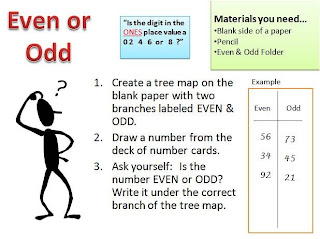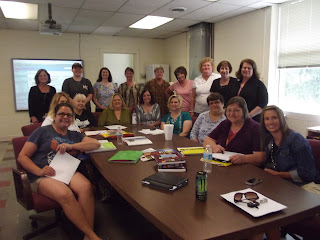While I must admit that assessing and documenting for this type of report card is not quick and simple, it is time well spent. I am feeling my way through the process of gathering and determining what sources will be used for assessment & documentation.
Today's blog is going to give a brief preview...
The goal of a standards based report card is to provide parents & students with specific academic feedback that can be used to pinpoint areas of need and success. With that said, I am really trying to consider what authentic assessment looks like in my second grade classroom.
I am using more Performance Based Assessments (PBA). These are open ended questions designed to specifically illicit demonstration of a given standard. Often this type of assessment overlaps, covering more than one standard.
What does reading comprehension look like when using a PBA task?
Students explored the story "Poppleton in Winter"
Identifying & using information from text is one of the hardest and most vital skills that we cover in primary and intermediate grades. Students need to understand the importance of actually answering questions with evidence. They need to dig deeper and explain their thoughts. This task was set up by first allowing students time to read & explore the story. Several different questions were posed & explored with shoulder partners. The PBA was given as an independent task:
"Why was Cherry Sue upset with Poppleton? How do you know she was upset? Use details from the story to support your answers. "
"Why was Cherry Sue upset with Poppleton? How do you know she was upset? Use details from the story to support your answers. "
Another example of authentic formative assessment for Reading/Language came from a classroom literacy center. Students were given this familiar center activity and asked to complete it independently using the Poppleton story.
Story Text Features Brace Map
With all this great data, academic conversations and feedback going on, I needed a way to organize and keep a running record for each standard. I had tried using "I Can..." charts for individual students, but this created unnecessary paper work. A roster with standards, I can statements, and multiple opportunities for recording assessments was the next choice. I came up with the following check list.




























